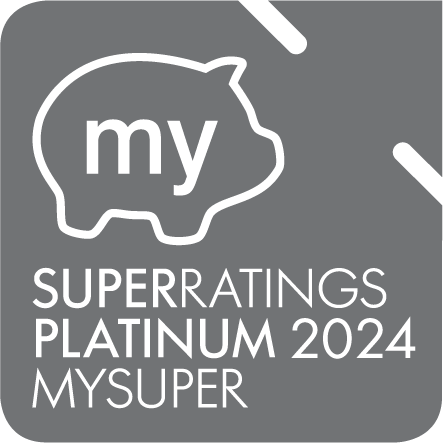As life slowly begins to return to normal after COVID, we’re seeing new work and retirement patterns emerge as a result of Australians’ shifting priorities. One of these patterns has been dubbed ‘The Great Retirement’ – a trend where people close to retirement are choosing to leave the workforce earlier than they originally planned.
According to recent research commissioned by Equip, which surveyed more than 2,000 Australians across all states and territories, one in four people (25%) have reconsidered their retirement plans as a result of COVID.
The results revealed that 14.5% of people are planning to bring their retirement date forward. However, a further 10.5% of people are instead delaying retirement to make up for lost income or super savings during the pandemic. Half of the people who intend to delay their retirement are planning to work for another 4-5 years.
Supporting employees with retirement pathways
For business leaders and HR professionals, designing retirement pathways with these changes in mind may help to deliver better workforce planning and retirement outcomes.
Retirement uncertainty is a concern for many Australians. Almost one in three (30%) don’t believe they’ll be able to control when and how they start winding down to retirement, such as reducing their work hours or going part-time.
One of the ways to address this uncertainty is by educating your employees about transition-to-retirement (TTR) strategies using their super. It enables older Australians to spend more time with family or have more leisure time, rather than fully retiring straight away. Allowing employees to reduce their workload to two or three days per week also helps businesses retain valuable team members and experience for longer, while your employee can still maintain their original income by using their super to supplement their salary. This, in turn, creates the opportunity for mentoring and training succession plans – resulting in smooth transitions of knowledge and responsibility to younger employees within your business, and a more efficient changeover for all.











